Jajarkot Earthquake: 1,000 plus new mothers living under tarpaulins
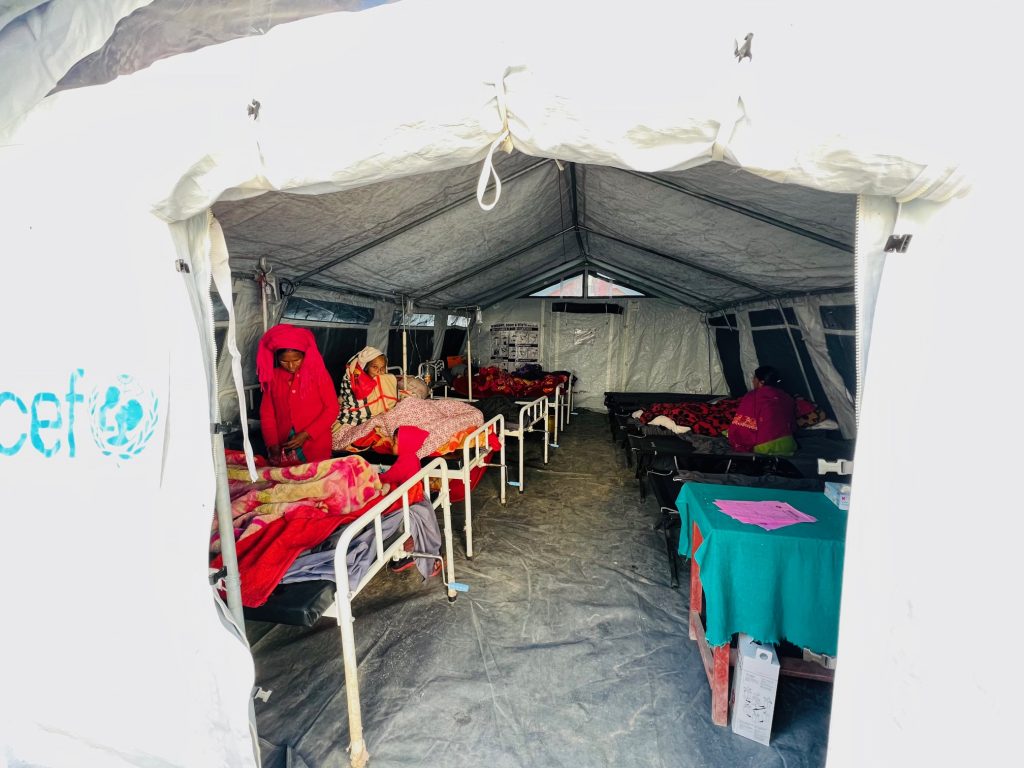
November 28, Kathmandu: With the heavy damages to physical properties due to the Jajarkot Earthquake that happened on November 3, the new mothers, senior citizens and children are facing a very difficult situation. They have been facing different health issues due to inadequate living facilities.
As most of them are forced to live under the tarpaulins, the quake survivors are facing hardships and cold-related illnesses with the onset of the winter season.
The number of people visiting the health institutions in Jajarkot has increased lately.
As per the information shared by the District Health Service Office, a total of 674 pregnant women, 282 new mothers, 4,115 children under five, 2,836 senior citizens, 1,065 chronic patients and 408 physically challenged people are more vulnerable to health challenges and other difficulties in the post-quake period in Bheri Municipality.
In Kushe Rural Municipality, 515 pregnant women and 230 new mothers are living under the tarps.
Likewise, 920 senior citizens, 277 chronic patients and 88 physically challenged people were facing the brunt of the post-quake destruction.
Administrative Officer at Jajarkot District Administration Office Harish Chandra Sharma said that 86 pregnant women, 66 new mothers, 204 senior citizens, 15 chronic patients and nine physically challenged people were in need of proper care and protection.
Officials said that 331 pregnant women and 374 new mothers were more affected by the impacts of the earthquake in Nalgadh Municipality while the number of pregnant women is 181 and 75 new mothers in Barekot Rural Municipality.
The officials have shared that 12,404 children were affected by the earthquake while 1,873 pregnant women and 1,076 new mothers were forced to live under the tarpaulins.
However, the district disaster management committee has shared that the entire details of the damages are yet to come.
The chiefs of the local levels have sought some more time as they are facing difficulties in data collection due to scattered residential areas and harsh geographical territory. RSS

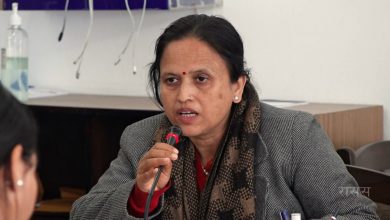

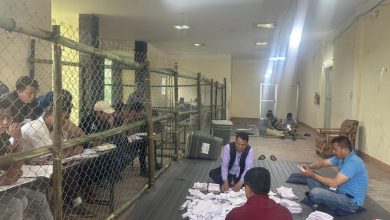
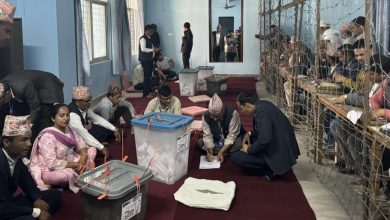

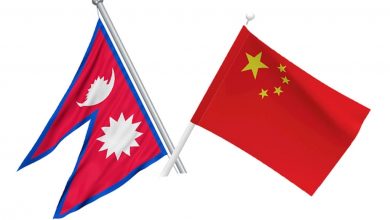
Comments